Prepare to be amazed: a recent survey revealed that homeowners who invest in professional landscaping can increase their property's value by up to 15%. That's a dramatic leap that few expect!
In a world where curb appeal matters more than ever, finding the right landscaping company has become crucial. It's not just about aesthetics—it's about making smart investments for your home and future. So, how do you choose the best?
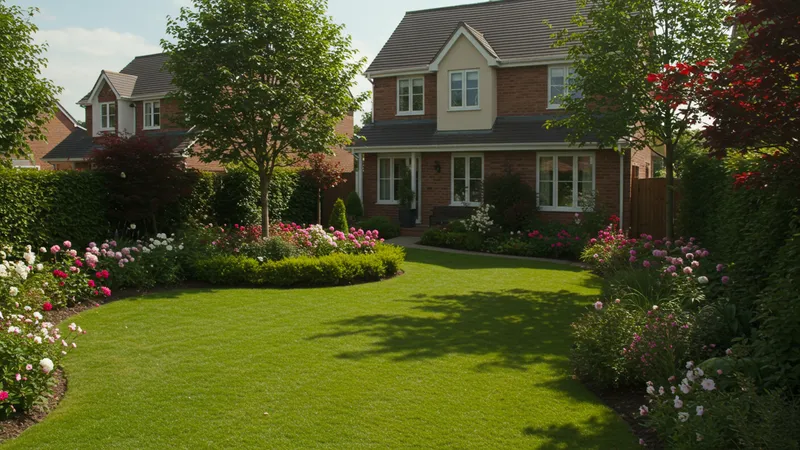
But here's the kicker: many local landscaping companies aren't just transforming outdoor spaces—they're revolutionizing the way we think about nature and design. From sustainable practices to integrating smart tech, the industry is buzzing with innovation. Yet, what’s often unknown is the extent to which they can impact not only the environment but your lifestyle.
Imagine a garden that waters itself or a patio that becomes the envy of your social circle—these are not distant dreams. With the rise of expert landscaping solutions, such fantasies are becoming realities at rates never seen before. But that’s not even the wildest part…
So, how do you navigate this blooming maze of choices and opportunities, and why are some industry secrets still under wraps? What happens next shocked even the experts…
When considering a landscaping company, many homeowners often find themselves puzzled by the pricing. What exactly are you paying for? The truth is, prices can vary wildly due to several factors, including material costs, design complexity, and local market conditions. While a basic garden maintenance might cost as low as $50 monthly, intricate designs could easily soar into the thousands. But there's a hidden factor influencing these prices that few discuss—supply chain disruptions that have significantly altered market pricing post-pandemic.
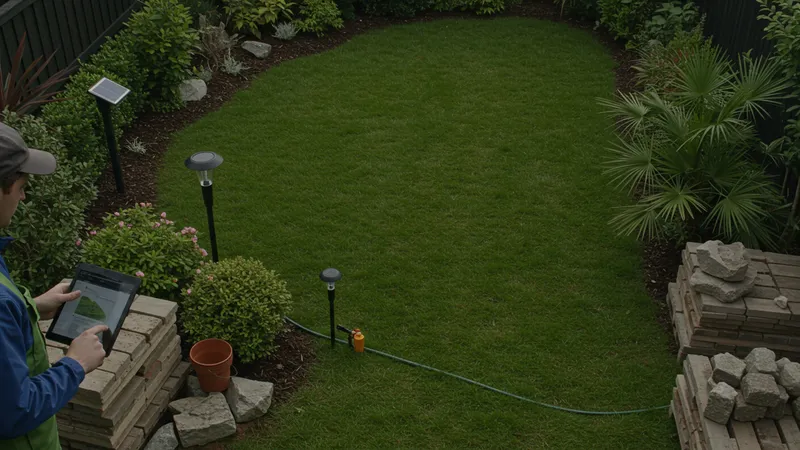
In recent years, the cost of materials has skyrocketed, partly due to shipping delays and increased demand for natural resources. This has pushed companies to adjust their pricing models drastically. Navigating this pricing jungle requires insight and flexibility, as opting for alternative, sustainable materials could offer a cost-effective yet beautiful solution. Yet, there's one more twist to how these prices are determined...
It's not just about what you pay upfront. Maintenance plays a critical role in long-term costs. Many companies lure customers with low initial fees, only to have them face unexpectedly high maintenance costs. Understanding this aspect can save you from unforeseen financial burdens down the line. What you read next might change how you see this forever.
Choosing the right company isn't only about the look and feel they can provide. It's about understanding the full financial landscape, the hidden costs, and how to optimize the available opportunities. But the story gets even more intriguing with each layer you uncover...
What do you picture when you think of professional landscaping? A beautiful garden, perhaps, with neatly trimmed hedges and vibrant flowers? But beyond the obvious visual appeal, landscaping plays a pivotal role in enhancing your health and wellness. Imagine a setting where stress melts away, lowering your blood pressure and restoring mental calm. It's more than a hobby; it's a health boon.
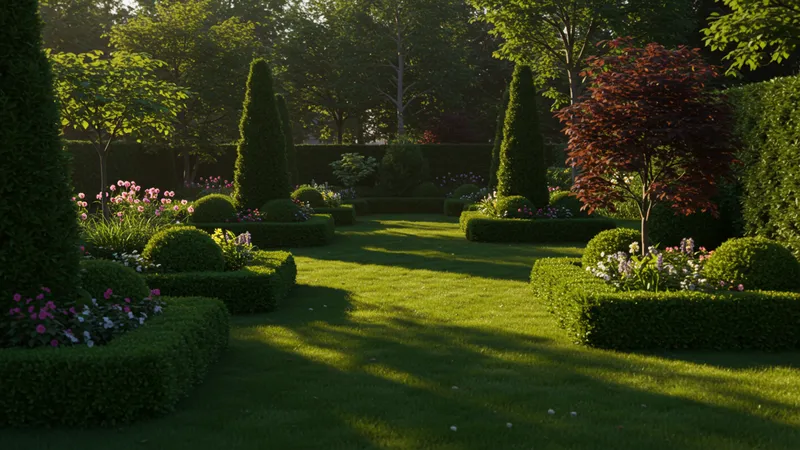
Countless studies reveal that exposure to well-designed green spaces can enhance mood and reduce levels of cortisol, the stress hormone. This benefit extends beyond just visual aesthetics to include noise reduction, increased privacy, and the creation of a sanctuary that offers peace in a hectic world. But did you know that strategically placed trees and shrubs can actually improve air quality?
That's right—landscaping can contribute to a healthier environment. Plants absorb pollutants and filter harmful chemicals from the air, making your home not just more beautiful, but healthier too. This benefits not just individual homeowners but the community at large. However, when you learn how innovative designs are maximizing this potential, it's truly revolutionary.
Perhaps most surprisingly, a well-executed landscaping project can dramatically cut energy costs. By creating shade, regulating temperatures, and promoting natural air flow, these outdoor transformations can reduce reliance on air conditioning in summer and keep homes warmer in winter. This is proof that landscaping is not just an expense, but a smart investment. But the benefits don’t stop there...
Gone are the days when landscaping was simply about mowing lawns and planting flowers. Welcome to the era of tech-savvy landscapes, where innovation meets nature. From automated irrigation systems to outdoor smart lighting, landscapes are getting smarter, more efficient, and even more beautiful. What if your lawn could water itself based on live weather updates?
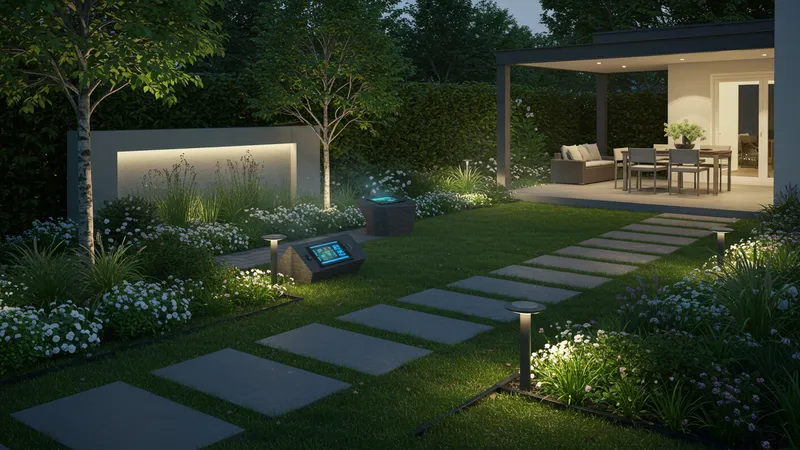
These advancements are becoming mainstream, and they cater to busy homeowners who crave beauty but have little time to spare. Automated systems that regulate water usage not only save you time but can also lead to significant water conservation, reducing bills and benefiting the planet. But there's more—entertainment solutions are also evolving.
Imagine an evening soiree in a yard illuminated by smart, programmable lighting that adjusts to the mood and time of day. Or, consider outdoor kitchens and entertainment spaces that rival any indoor living space, turning backyards into the ultimate social zones. The overlap of technology and landscape design is an exciting frontier that promises endless possibilities.
Beyond automation, we're seeing a surge in eco-conscious designs focusing on native plants, rainwater harvesting, and pollinator gardens that attract and sustain local wildlife. This shift isn't just aesthetically pleasing—it plays a critical role in helping ecosystems thrive in urban settings. And as if that wasn't exciting enough, wait till you explore how these designs impact neighborhood economics...
The rise of eco-friendly landscaping is shaping the industry and transforming our relationships with outdoor spaces. Think sustainable designs with native plants that require minimal water and maintenance. Why? Because they adapt better to local climates, resist pests, and require fewer chemical inputs. This isn't just an environmental trend—it's a movement reshaping our approach to aesthetics and sustainability.
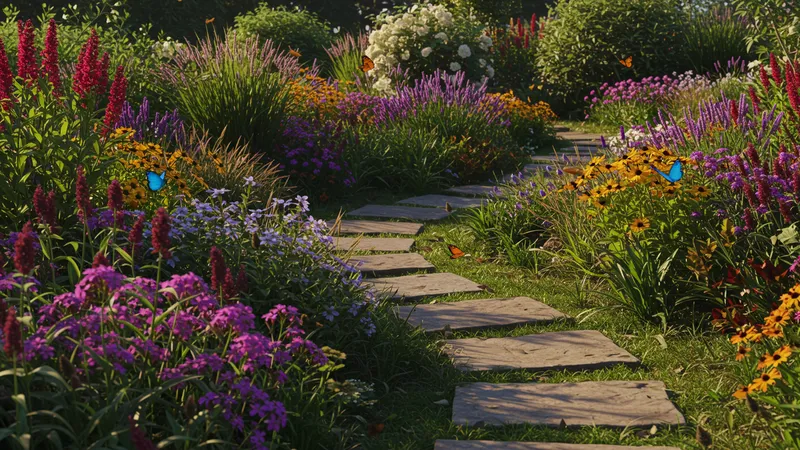
These designs promote biodiversity and create habitats for local pollinators such as bees and butterflies, which are vital for vibrant plant life. Moreover, they play a significant role in reducing erosion and improving soil health, ensuring that your investment benefits your home more profoundly in the long run. But the environmental impact is just the tip of the iceberg.
Choosing eco-friendly options also brings about noticeable cost savings. With reduced maintenance requirements and lower watering needs, homeowners find a substantial decrease in their annual landscaping bills. And this sustainable approach can boost property values, as more buyers are seeking environmentally responsible homes. As you delve deeper into these emerging trends, the hidden economic benefits become crystal clear.
However, there’s an even bigger picture to consider. Implementing eco-friendly landscapes isn't just a personal gain—it's part of a global initiative to combat climate change. Every sustainable choice made in home landscaping contributes to a larger effort in environmental preservation. But the societal impacts go further than you'd expect...
Selecting the perfect landscaping company is akin to choosing a trusted partner for your home. It's not merely about contracts and pricing—it's about finding someone who understands your vision and can bring it to life. The top questions you should ask? Their approach to your unique needs, their portfolio, and transparency in pricing and processes.
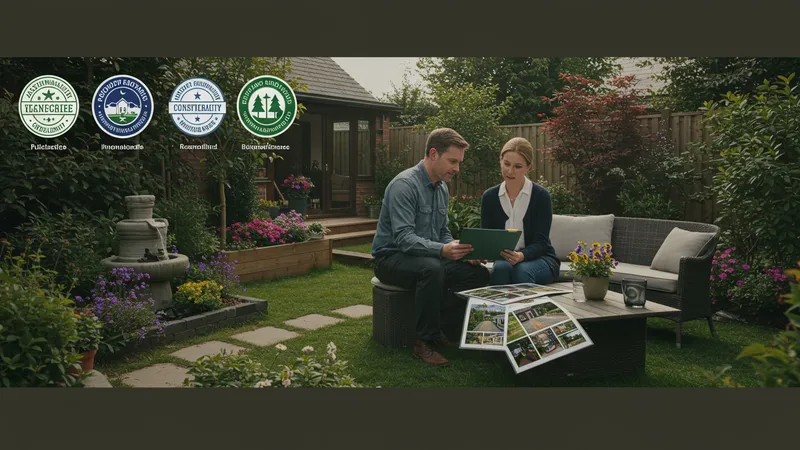
A great landscaping company will offer a personalized touch, understanding your tastes and lifestyle before crafting a design. They should not only have a wealth of experience and references but also have accreditations and a commitment to sustainable practices. Dig into their reputation and ask them about the projects they are proud of.
The proper company should also be transparent about all aspects of the service, from timelines to costs and after-care. Their open communication will assure you that there won’t be any surprises along the way. Building this trust is vital—it ensures your project is in capable hands, matching creativity with reliability.
What if your choice of company could positively affect not only your space but your community and environment? An excellent landscaping company brings more than just beauty to a property; they contribute to the ecological and social fabric surrounding it. When you find the right fit, benefits cascade beyond the garden walls…
When considering landscape design, think of it as a living canvas. Just like any form of art, it requires a balance of colors, textures, and functionalities. But here's the stunning truth: the best designs are less about following trends and more about personal expression and harmony with nature. How can personal taste turn into timeless appeal?
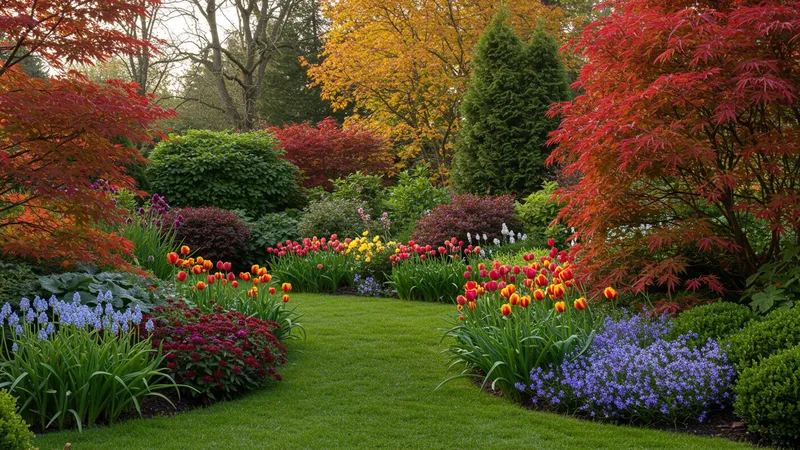
Successful landscaping achieves a harmonious blend of beauty and practicality, enabling spaces to flourish year-round. Consider incorporating elements that offer seasonal interest—flowering bulbs in spring, vibrant foliage in autumn, and hearty evergreens for color in winter. But this is just the tip of the iceberg for what can be achieved with intricate layering and thoughtful planning.
Diverse plant selection, along with the clever use of structures such as pergolas and terraces, can transform a garden into a dynamic environment that changes with the seasons. The unexpected curve of a pathway or hidden nook can invite exploration and create a personal oasis. With the right designer, your garden can become a work of art that tells your unique story.
Understanding landscape art means appreciating its ability to grow and change, crafting spaces that evoke emotion and provide refuge from the world. But how do these creative designs transform not just spaces, but the communities that embrace them? The ripple effect can be profound and lasting.
Landscaping projects transcend personal property lines, extending their influence into the community. It's not just a matter of aesthetics; it's about building spaces that add value to neighborhoods and foster a sense of community pride. What if we told you that a well-landscaped home can elevate the entire street's appeal, attracting more investment and raising property values?
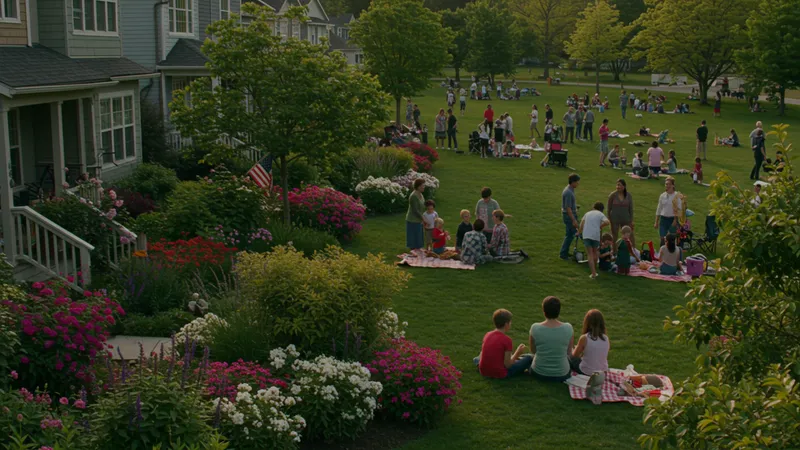
The ripple effects of good landscaping are noticeable as they enhance social interactions and community well-being. Parks and public gardens designed with community in mind serve as crucial spaces for gatherings, relaxation, and events. Yet, these tangible benefits go hand in hand with subtler impacts on social cohesion.
Carefully crafted gardens encourage neighbors to explore and engage, fostering connections that transform strangers into communities. When people invest their time in communal gardening, they converse, share tips, and cooperate, knitting together social fabric stronger than before. But what about the larger environmental and economic implications?
Ultimately, landscaping enhances cities' sustainability efforts. Green spaces act as urban lungs, reducing carbon footprints and mitigating heat island effects. A commitment to community-centric landscaping ensures cities thrive as vibrant, resilient ecosystems. Such transformation might begin with a single garden but bloom through an entire neighborhood.
In the rush of modern life, sustainable landscaping offers a path to preserving natural resources and enhancing biodiversity. The use of native plants and organic materials stands as a testament to this environmental ethos. What if the plants you choose could support local wildlife and reduce your water usage concurrently?
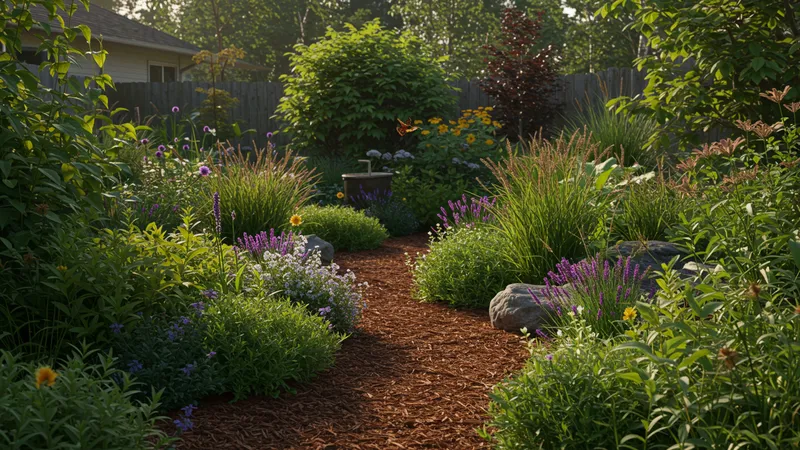
Plants native to your region come with built-in advantages: they’re adapted to local soil and weather conditions, which means they require less water, fertilizer, and pest control. By fostering these resilient ecosystems, homeowners enjoy lush gardens that work in harmony with nature rather than against it. Yet, sustainability in landscaping encompasses more than plant choices.
Composting, rainwater harvesting, and reduced lawn areas are increasingly popular practices in maintaining eco-conscious gardens. These initiatives promote waste reduction and more efficient resource use, boosting soil fertility and land conservation efforts. Yet the impact of sustainable choices doesn't stop in the garden—they ripple outwards into broader environmental change.
Switching to sustainable landscaping isn’t merely a trend—it’s a vital step toward reducing carbon emissions and conserving essential resources. As more homeowners adopt these practices, the collective ecological footprint diminishes, fostering healthier communities and ecosystems. But there's even more transformative potential in seeing landscaping as a model for wider ecological stewardship…
The landscaping industry is evolving, poised for growth with groundbreaking trends and technology. The fusion of sustainable practices with technological advancements promises to redefine our relationship with outdoor spaces. Imagine a tech-integrated ecosystem where lawns are maintained by robotic mowers and gardens managed with smart apps.
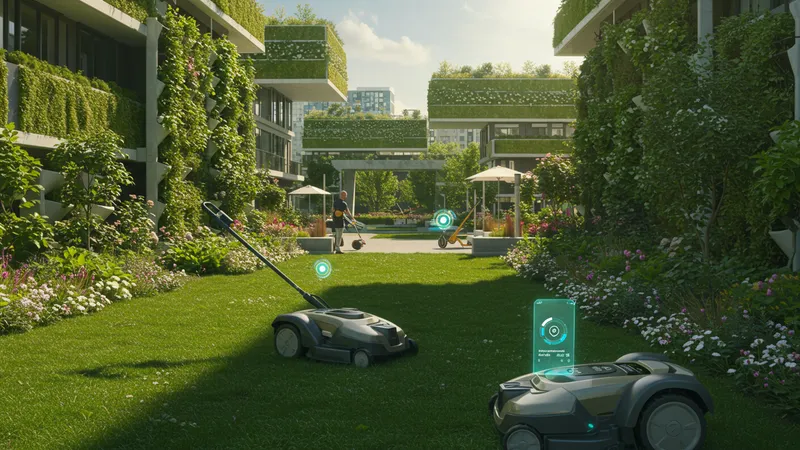
There’s an upward trajectory in adopting automation in maintenance tasks, optimizing efficiency and precision. This trend reduces manual labor and focuses on the aesthetics and functionality of gardens. But technological advances aren’t limited to gadgets—they also facilitate eco-friendly innovations like vertical gardens and green roofs, maximizing space in urban areas.
Furthermore, as climate concerns intensify, there’s a push towards resilient landscapes that can withstand extreme weather. Designers seek to incorporate drought-resistant species and smart irrigation solutions to mitigate the effects of climate variability. These progressive strategies promise to future-proof gardens and, by extension, enhance urban sustainability.
The shift toward personalized landscape solutions marks a further evolution, bringing customizable, responsive designs that adapt to changing lifestyles and preferences. These trends redefine not just the concept of beauty but the purpose and function of our living environments. We stand on the brink of a landscaping revolution—an era where nature and innovation flourish in tandem.
Investing in landscaping is not merely about enhancing your home’s beauty; it's a strategic move that promises substantial financial returns. Whether through increased property value or through utility savings, a landscaped yard offers economic benefits that many homeowners underestimate. But how do you ensure the highest return on your investment?
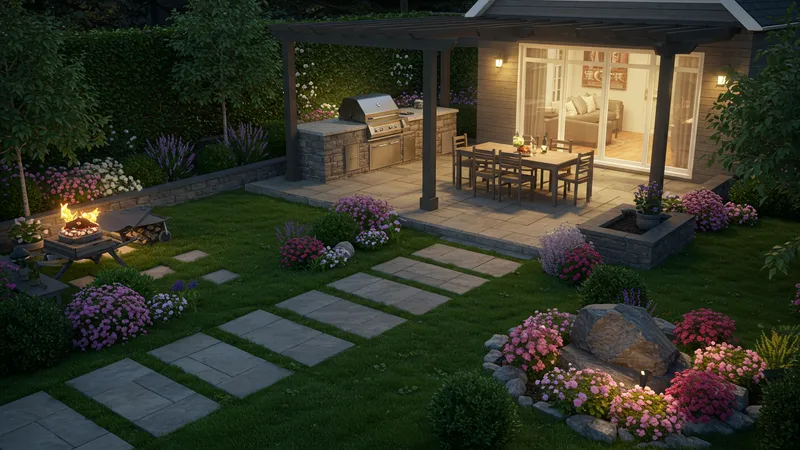
The choice lies in selecting the right elements that suit your property while catering to broader market preferences. Projects that seamlessly integrate with their surroundings and use top-quality materials tend to have higher resale value. Features like outdoor kitchens and patios offer extended living spaces that attract avid buyers willing to pay premium prices.
Moreover, the incorporation of sustainable practices significantly boosts value, both financial and ecological. Homes with drought-resistant landscapes or rainwater harvesting systems are highly sought after by an environmentally-conscious market segment. The key is maintaining aesthetics without compromising ecological responsibility.
Maximize your investment by continuously evaluating trends and consumer desires while understanding the dual value landscapes bring. With the right strategy, your garden becomes a living asset—a testament to beauty, functionality, and foresight that constantly appreciates. After all, nature's true worth lies in its ability to nurture and inspire.
Beyond aesthetics and financial gains, landscaping offers surprising ways of enhancing life quality. Gardens are therapeutic arenas that provide solace, nurture creativity, and foster mental well-being. Through intentional design, they act as sanctuaries away from the daily grind, cultivating peace and inspiring contemplation.
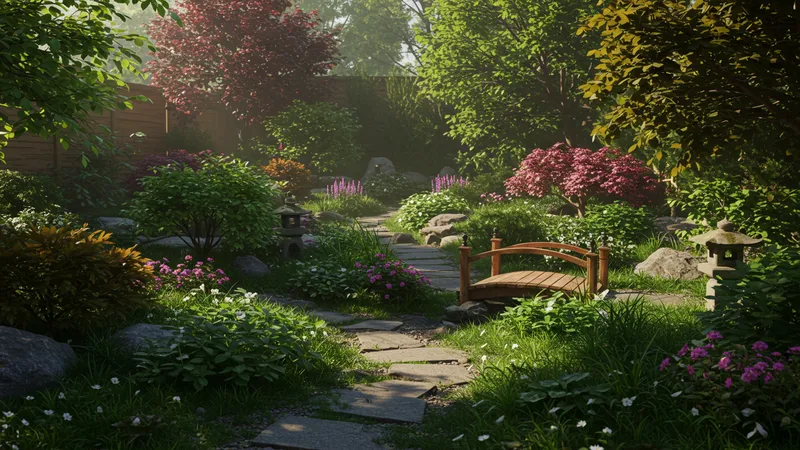
Have you heard of the Japanese concept of “forest bathing” or Shinrin-yoku? It’s the practice of immersing oneself in nature to reduce stress and enhance mood. Much like forest bathing, a well-conceived garden can offer an oasis for relaxation and rejuvenation, reinforcing the link between nature and holistic health.
On another front, cultivating your garden sharpens focus and boosts creativity, providing solutions for mental blocks. The routine, tactile interactions required in gardening exercise the mind and promote mindfulness, offering a tangible escape from digital distractions and stressors. It’s a space where you can literally plant seeds for personal growth.
Landscapes have a transcendent effect, enriching your daily experiences and shaping the way you interact with the world. While these aspects may seem abstract, their presence and transformation in your life are profoundly real. Landscapes hold potential as transformative canvases that subtly yet powerfully alter your life's narrative.
We've uncovered the hidden gems of the landscaping world—financial perks, technological innovations, and unexpected health benefits. By unraveling these layers, it’s clear that landscaping is not just an external embellishment but a foundational component to enhancing life as a whole.
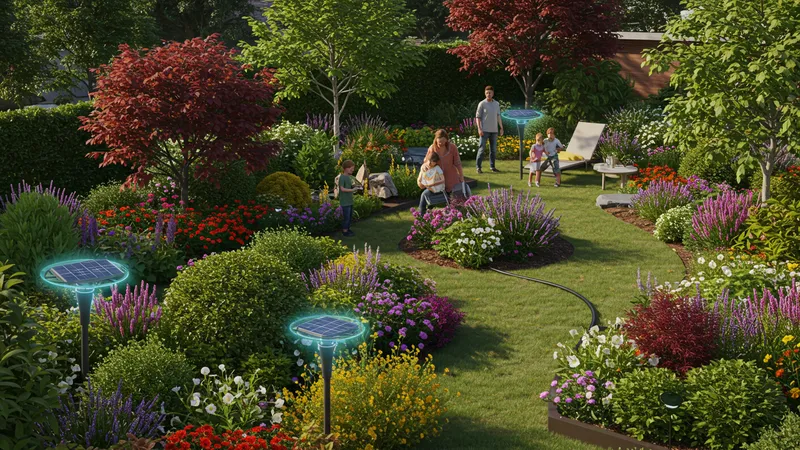
The remarkable truth is that your landscape can be a canvas for change—whether transforming aesthetic beauty, enriching community engagement, or ensuring sustainable futures. The possibilities are rooted in your choices today that will define your home tomorrow. What story will your garden tell?
Landscaping is an investment in beauty, value, and well-being. Share these insights and take a step toward transforming your outdoor space. Visit local landscaping companies, explore creative ideas, and embrace the boundless potential right outside your door. Your future landscape awaits—it's time to let it flourish and inspire.